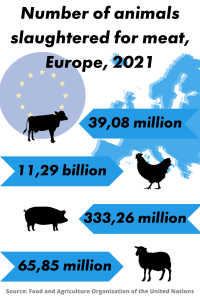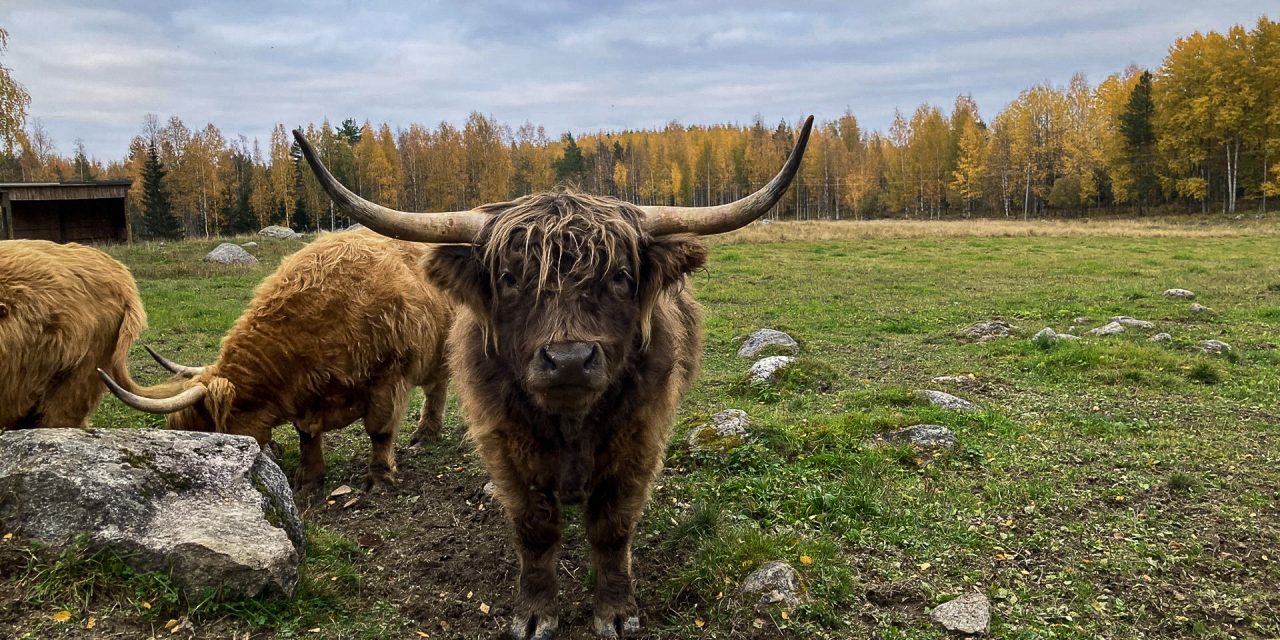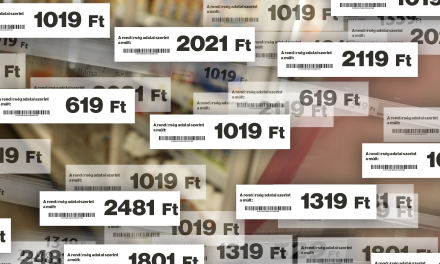Cultivated meat has been a topic of discussion in Europe for ten years now. Toni Ryynänen from the University of Helsinki doesn’t see lab-grown meat as a miracle worker but rather as just one part of the solution.
The price of the first cultivated meat, presented in 2013, was 250,000 euros. Mark Post and his team successfully created a hamburger patty in a lab.
Following that achievement, numerous startup companies were established to produce cultured meat, with the goal of eventually bringing it to grocery stores worldwide. However, achieving that goal will not happen overnight. While Singapore and the United States have already served cultivated meat in restaurants, it is still not available for purchase in European grocery stores, making cultivated meat a mystery for everyday citizens.
Researchers continue to debate whether lab-grown meat is better for the environment compared to traditional agriculture. One thing is certain: growing meat in bioreactors is significantly better for animal welfare.
Billions of animals are killed every year for their meat. The widespread adoption of cultivated meat could change that. Producing lab-grown meat doesn’t require the slaughter of any animals; it only involves using cells from animals. Researchers estimate that a single donor animal could replace the meat from 400 cattle over its lifespan.
The realization of cultivated meat as a solution is still far from reality
Toni Ryynänen, a senior researcher from the University of Helsinki has studied Cellular agriculture with a social science approach. Ryynänen himself is optimistically hopeful about the possibilities cultivated meat offers.
“Cellular agriculture can be a solution for intensive animal farming. Not in the short run, not even in the medium term. In the long term, in my view, it can be one part of the solution.”
Ryynänen doesn’t see Cellular agriculture as a replacement for traditional agriculture.
“In the short term, new innovations are not the solution. Instead, traditional agriculture needs to be further developed. I believe expecting new technology to come and save everything all at once is overly optimistic.”
Right now, intensive animal farming faces numerous problems. Billions of animals are slaughtered every year in Europe. Many of those animals live in bad conditions. Animal production generates a significant number of emissions.
“Cellular agriculture frees up agricultural land for other purposes; what it is used for may vary, but plant-based food can be produced on a significantly smaller land area.”

It is still unclear whether Cellular agriculture is better for the environment
Animal production is an enormous global sector. Replacing it is impossible, even in the long term. It’s still unknown whether cultivated meat is better for the environment. Ryynänen says that studies indicate significant emissions reductions with cellular agriculture. However, there are still uncertainties.
“Cellular agriculture production does not exist, and the studies are based on small amounts of data. There are uncertainties in the factors.”
The EU’s first cultured meat approval process is currently underway in Switzerland. This is the first approval process in Europe regarding cultured meat. In June, the Israeli company Aleph Farms applied for regulatory approval from the Swiss Federal Food Safety and Veterinary Office.
Senior researcher Toni Ryynänen doesn’t think that we are going to see cultivated meat in grocery stores for many years to come.
“There are certain challenges in the matter. There are genuine ones that still need to be overcome. I don’t see it being on the market anytime soon.”




